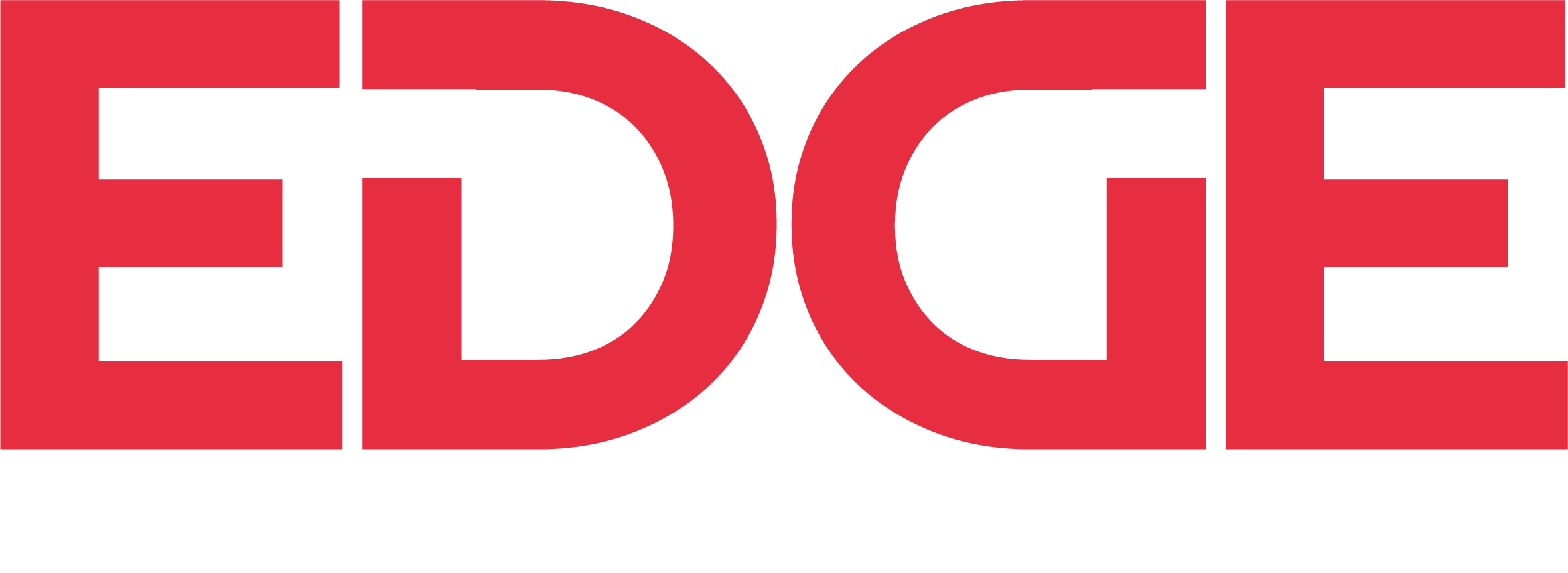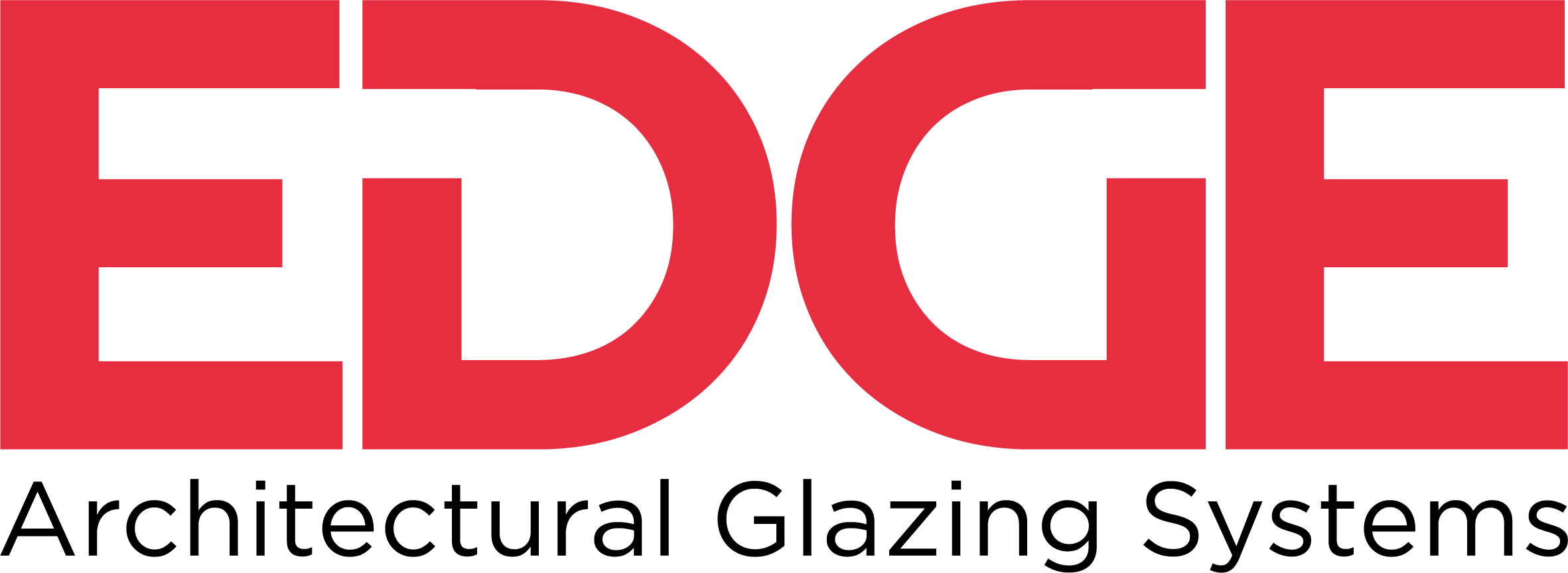18 Aug The healthy buildings trend: Medibank and beyond
Healthy buildings, healthy employees, healthy bottom line
We at EDGE Architectural like to keep an eye on what’s coming next in commercial architectural design. A lot of cool stuff is bubbling up out there, but what really grabbed hold of my attention recently is the growing emphasis on designing and constructing healthy buildings. The concept has been on my periphery for a while, but it moved front and centre with the Medibank Docklands project (Ai products and services were used for internal fit-outs of the building).
Australians began to embrace the idea of promoting health and wellness in the workplace in the late 70s. Its gained momentum since then, thanks, in part to extensive research on the benefits healthy work places offer to employees and employers.
The broad definition of a healthy building from the mid-90s described it as a building that “adversely affects neither the health of its occupants nor the larger environment.” Today, the concept has evolved to place emphasis on promoting the health and wellness of occupants and the larger environment. This can include factors like sustainable design, indoor air quality, natural light, fresh air, public transportation, bike friendly policies, and internal design that promotes movement through the building (active design) and interaction between co-workers.
A few of the benefits confirmed through research include:
- organisations where workplace health is managed well, financial performance increased by more than 2.5 times.
- workplace health programs resulted in an average 25.3 per cent decrease in sick leave absenteeism
- 40.7 per cent decrease in workers compensation costs
- $5.81 saving for every $1 invested
- Increased employee physical and mental well-being
- Increased employee work enjoyment and fulfillment
- Improved employee concentration and productivity
- Improved work team relationships
Most of this research focuses on the benefits of health and wellness programs in the workplace. Healthy building ups the ante and makes the actual physical building part of employee health promotion. The Medibank building offers a fantastic example of this.
The American Institute of Architects recently released a significant study on healthy building featuring a prediction from architects and contractors in significant growth in the adoption of healthy building products and practices.
With more and more evidence illustrating healthy building as a win/win/win for the employee, the employer and the larger community, it’s easy to see why. Hopefully soon, we’ll all enjoy greater health and less illness, thanks to access to natural light and views outside, thermal comfort, acoustic comfort, accessible sidewalks, places for social interaction, access to shops and services, access to natural settings, easy public transportation, natural ventilation and the ability to open windows, and more opportunities for movement throughout the work day.
For more information on the general and financial benefits of healthy buildings for businesses, check out this report from the World Green Building Council.
Windows’ impact on healthy building
The factors needing deliberate and careful attention in order to design and construct a healthy building include:
- indoor air quality and ventilation
- thermal comfort
- daylighting and lighting
- noise and acoustics
- interior layout and active design
- views and biophilia
- look and feel
- location and access to amenities
Considering windows contribute directly to six of the eight listed factors, the role they play in creating (or failing to create, depending on the windows chosen) healthy workplaces is massive. Talk to a member of Team EDGE early in the design stage of your next healthy building project for advice and technical support in specifying EDGE commercial window and door systems to maximise the sustainable impact of windows.
Sources: Right Management (2009) ‘Wellness and Productivity Management’; ‘Proof Positive. An Analysis of the Cost Effectiveness of Worksite Wellness’, Hassell


